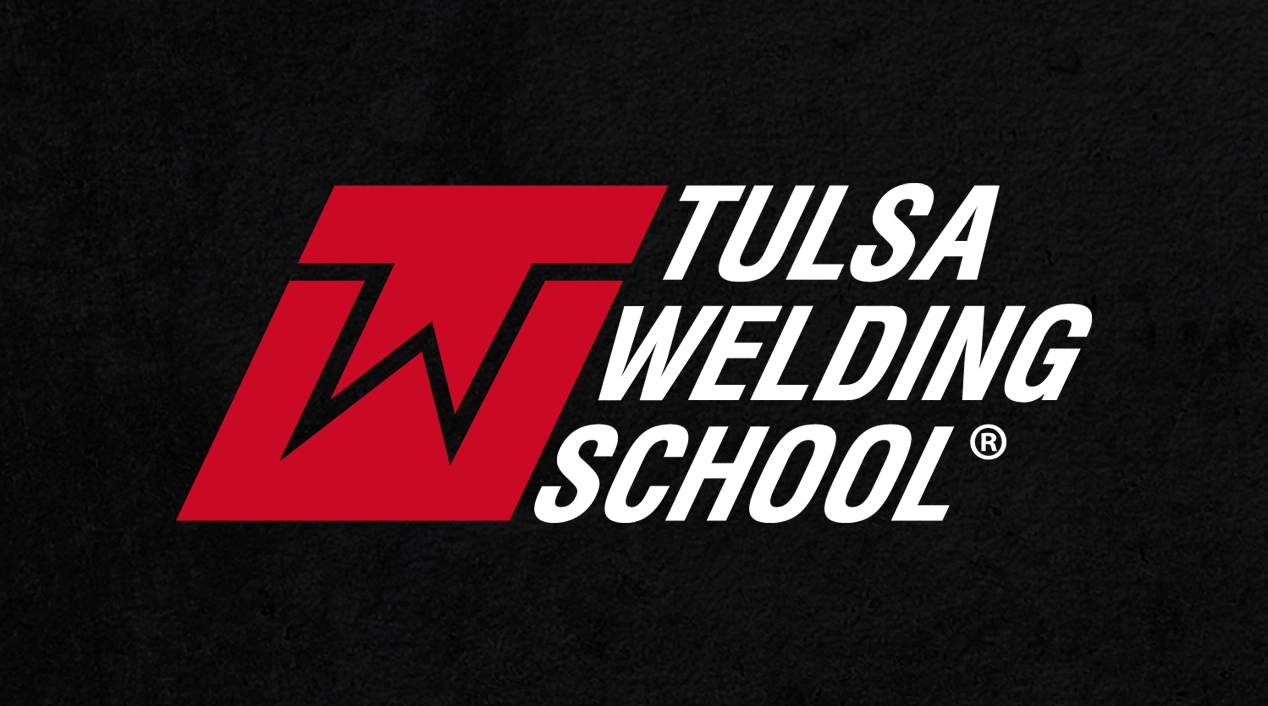TWS is a Great Training Option for Everyone
Learn more about how we can prepare you to advance your career.
Pipefitters are workers who plan out, put together, install, maintain, and fix various types of piping systems, such as heating and cooling, marine, commercial, and industrial systems. They also deal with pipe supports and related equipment and use a variety of techniques to assemble and secure pipes, such as brazing, welding, and soldering. Once piping systems are installed, pipefitters check and test the systems using a variety of methods. Some pipefitters focus on only one particular type of pipe system. Pipefitters commonly start out as helpers or they complete pipe welding training programs.
Pipefitter Training Programs
In general, aspiring pipefitters complete training programs that involve classroom instruction and workshop practical training. The completion time for Pipefitting programs varies by school and is commonly offered by technical schools, local unions, local employers, or community colleges. Community colleges and technical schools typically offer certificate and associate degree programs. Technical schools may offer these alongside more career-oriented vocational programs.
What Do Students Learn in Pipe Welding Training Programs
Pipefitter education provides students with a solid understanding of the theories of pipefitting as well as the installation and mechanics of many different piping systems. Students learn about installing low and high-pressure boilers, steam piping, water feeders, and water level controllers. They also learn blueprint reading, different welding techniques, rigging and fabrication, types of pipelaying, and ways to identify and solve issues that occur in pipe systems.
Common Pipefitting Classes
Individuals in pipefitting education programs complete a range of classes. Listed below are classes that an individual pursuing a pipefitting education may encounter:
Have You Considered a Career in the Skilled Trades?
Fill out the form to recieve a no obligation info packet.
Blueprint reading: blueprints commonly include various symbols that relate to engineering, architecture, and welding. They also have sketches of the layouts for pipes. These courses teach students how to read blueprints to obtain precise measurements and dimensions. Students also learn how to create orthographic and isometric sketches.
Pipe welding: students learn the necessary skills to complete basic welding tasks. They learn the needed tools for welding jobs, safety procedures, and the aspects of shielded metal arc welding. Many pipe welding courses include hands-on training to enable students to get actual welding experience.
Hydraulics: provides instruction on the basic components of hydraulic systems, including pressure, force, function, and types of fluid. Students also learn the basics of using valves and pumps, how to control airflow, and maintaining and fixing hydraulics systems and related equipment.
HVAC: heating, ventilation, and air conditioning systems are essential in all types of buildings, and pipe fitters must understand how these systems operate. These courses provide instruction on the fundamentals of HVAC systems and methods for estimating heating and cooling loads and checking systems.
Resources:
http://jobs.virginia.gov/careerguides/pipefitters.htm
This blog has been labeled as archived as it may no longer contain the most up-to-date data. For a list of all current blog posts, please visit our blog homepage at https://www.tws.edu/blog/







